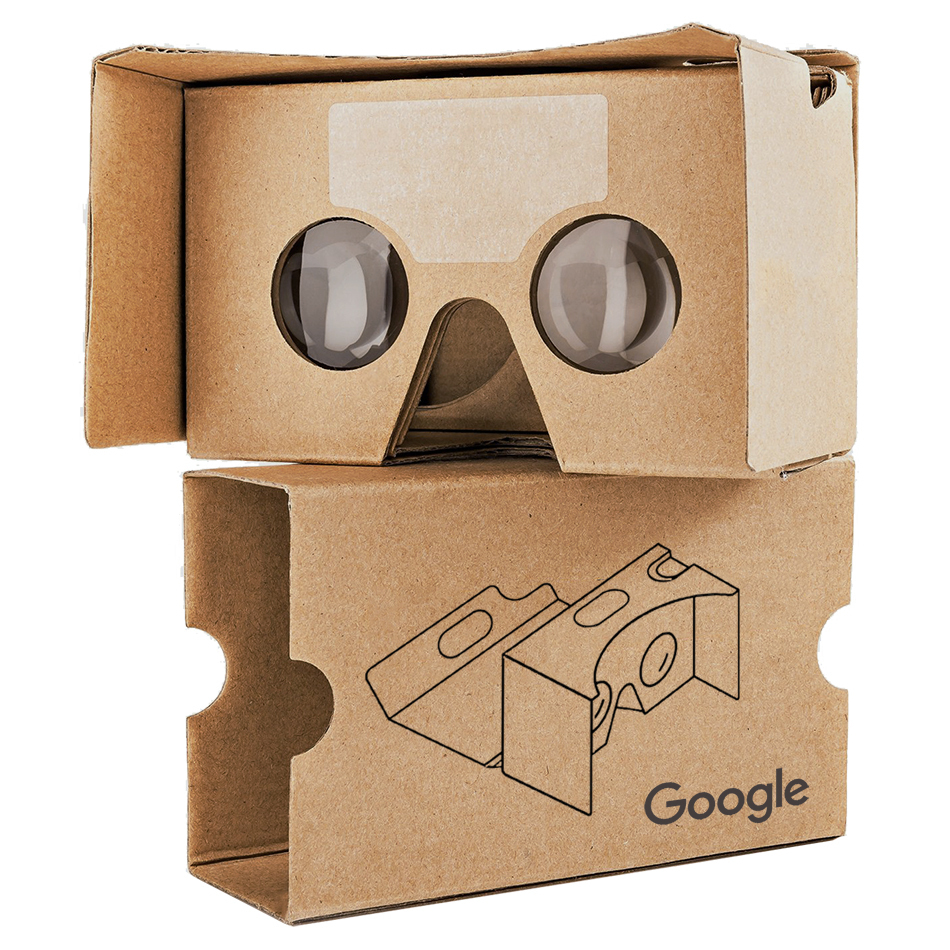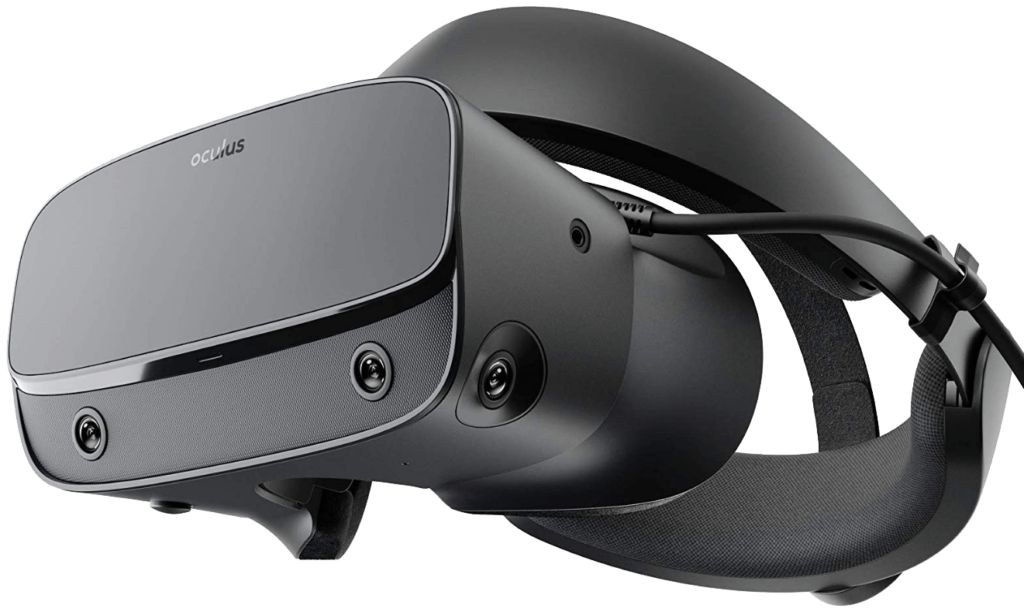
STEM Lab Assembly
The VRTECH Lab includes an assembly lab where students build and use their own device.
This lab includes content on lenses, magnets, software and computers. Content creation is also explored, with technical content on full-motion graphics, VR toolkits, apps and games.

Lab Exercises
- Building the Frame Enclosure
- Lens configuration
- Integrating Display
- Integrating Tracking Circuitry
- Installing Software
- Configuring USB
- Configuring Wireless
- HDMI, DVI & Output Options
- Charging System
- Cable & Interfaces
- Testing & Software
The VR Lab includes multiple workshops and lesson plans presented in a 16-week curriculum format.
Course Goals:
Common Core Learning Standards: Math
- All basic mathematical practices.
- Make sense of problems and persevere in solving them.
- Reason abstractly and quantitatively.
- Construct viable arguments and critique the reasoning of others.
- Model with mathematics.
- Use appropriate tools strategically.
- Attend to precision.
- Look for and make use of structure.
- Look for and express regularity in repeated reasoning.
Content areas: Algebra, Geometry, and Modeling.
Specific Benchmarks:
- ACED: Create equations that describe numbers or relationships
- AREI: Understand solving equations as a process of reasoning and explain the reasoning GGMD: Visualize relationships between two dimensional and three dimensional objects GMG: Apply geometric concepts in modeling situations
Science
- Reading Standards for Literacy in Science and Technical Subjects, grades 6-8.
- Writing Standards for Literacy in Science and Technical Subjects, grades 6-8.
Literacy
- Writing Standards for grades 6-8:
- Text Types and Purposes, items 1 and 2
- Research to Build and Present Knowledge, items 7 and 9
- Presentation of Knowledge and Ideas for 68, items 4 and 6
Applied Learning
- A1 Apply problem solving strategies in purposeful ways, both in situations where the problem and desirable solutions are clearly evident and in situations requiring a creative approach to achieve an outcome.
- A2 Communicate information and ideas in ways that are appropriate to the purpose and audience through spoken, written and graphic means of expression.
- A3 Use information gathering techniques, analyze and evaluate information, and use information technology to assist in collecting, analyzing, organizing, and presenting information.
- A4 Work with others to achieve a shared goal, help other people to learn on the job, and respond effectively to the needs of students.
National Educational Technology Standards
- Facilitate and Inspire Student Learning and Creativity
- Promote, support, and model creative and innovative thinking and inventiveness.
- Promote student reflection using collaborative tools to reveal and clarify students’ conceptual understanding and thinking, planning, and creative processes.
- Model collaborative knowledge construction by engaging in learning with students, colleagues, and others in face to face and virtual environments.
2. Design and Develop Digital Age Learning Experiences and Assessments
- Develop technology enriched learning environments that enable all students to pursue their individual curiosities and become active participants in setting their own educational goals, managing their own learning, and assessing their own progress.
- Customize and personalize learning activities to address students’ diverse learning styles, working strategies, and abilities using digital tools and resources.
3. Model Digital Age Work and Learning
- Collaborate with students, peers, parents, and community members using digital tools and resources to support student success and innovation.
- Communicate relevant information and ideas effectively to students, parents, and peers using a variety of digital age media and formats.
4. Promote and Model Digital Citizenship and Responsibility
- Address the diverse needs of all learners by using learner centered strategies providing equitable access to appropriate digital tools and resources.
5. Engage in Professional Growth and Leadership
- Exhibit leadership by demonstrating a vision of technology infusion, participating in shared decision making and community building, and developing the leadership and technology skills of others.
- Contribute to the effectiveness, vitality, and self renewal of the teaching profession and of their school and community.
Instructor Training is available for this course.
